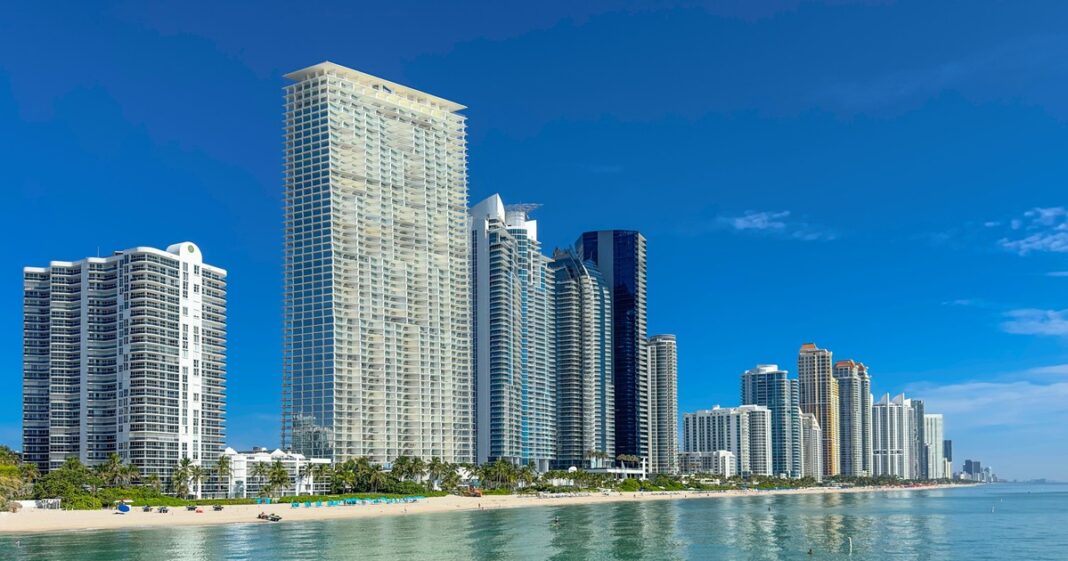Understanding the Global Real Estate Bubble Index: Insights and Implications
Earlier this week, a major bank released its annual Global Real Estate Bubble Index, a detailed analysis that assesses potential housing market bubbles across various cities worldwide. The index is built on five critical categories: home prices relative to income, rental prices versus home prices, local incomes compared to national averages, median home prices in context to national medians, as well as mortgage and construction rates.
Scoring System of the Index
The scoring system is straightforward yet revealing. Cities that score above 1.5 are considered to be at “high” risk of housing bubbles, while a score between 1.0 and 1.49 indicates an “elevated” risk. Conversely, scores between 0.5 and 1.0 reflect a “moderate” risk, and those scoring between 0 and 0.49 are labeled as having a “low” risk. This structured approach allows investors, homeowners, and policymakers to gauge the stability of real estate markets effectively.
Spotlight on Miami
Among the cities evaluated, Miami emerged as a standout, topping the list with a noteworthy score of 1.73. This rating has drawn considerable attention, particularly in the context of rising home prices that appear disconnected from local income growth. Such disparities raise concerns about the sustainability of the housing market in Miami and other similar regions.
A Broader Context of Rising Prices
According to report authors Claudio Saputelli and Matthias Holzhey, cities identified with elevated or high bubble risk are increasingly straying from market fundamentals. Over the last five years, inflation-adjusted home prices in these areas shot up nearly 25% on average, starkly contrasting with rents, which rose by only 10%, and local incomes, which increased by a mere 5%. This creates a troubling scenario where home ownership becomes increasingly out of reach for the average citizen, potentially leading to economic instability.
Diverging Trends in Moderate and Low-Risk Cities
Interestingly, cities deemed to have moderate or low bubble risk experienced a different trend altogether. Home prices in these areas declined by about 5%, while rents and income growth remained stable. This divergence suggests that markets with lower risk profiles are managing affordability more effectively, thus insulating themselves from the severe housing crises that could arise in high-risk locales.
Urban Markets to Watch
The report also highlighted four notable US markets within the broader context of 21 global cities examined for bubble potential. Starting with Miami, these cities offer a compelling look into how local economies perform under pressure from inflated housing prices. Each city’s unique circumstances provide valuable insights for understanding the complexities of real estate today.
While Miami leads, the implications for potential buyers, investors, and policymakers are significant. The stark contrast in market behaviors between high-risk and low-risk cities suggests a need for proactive measures to maintain a healthy balance in real estate markets.



